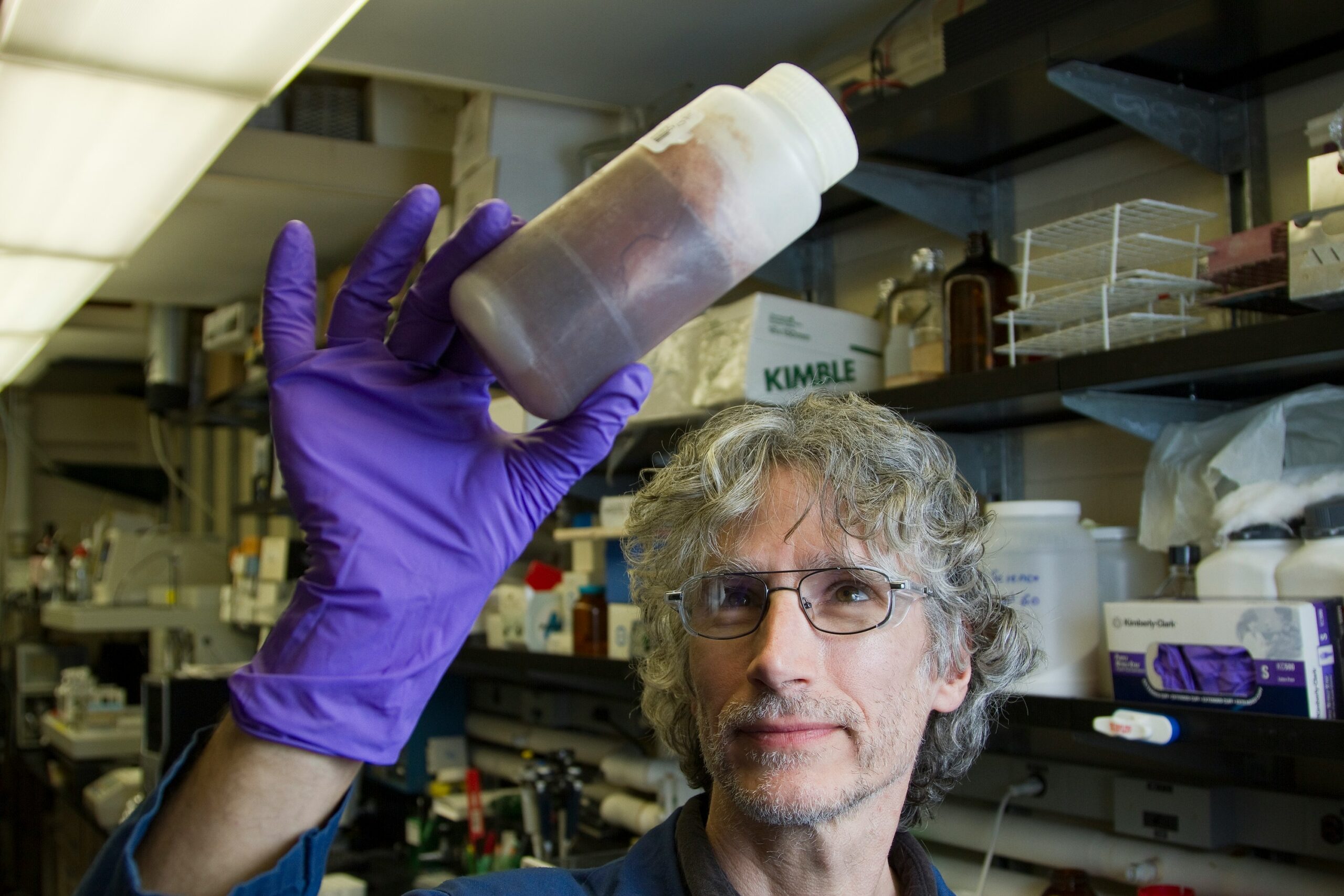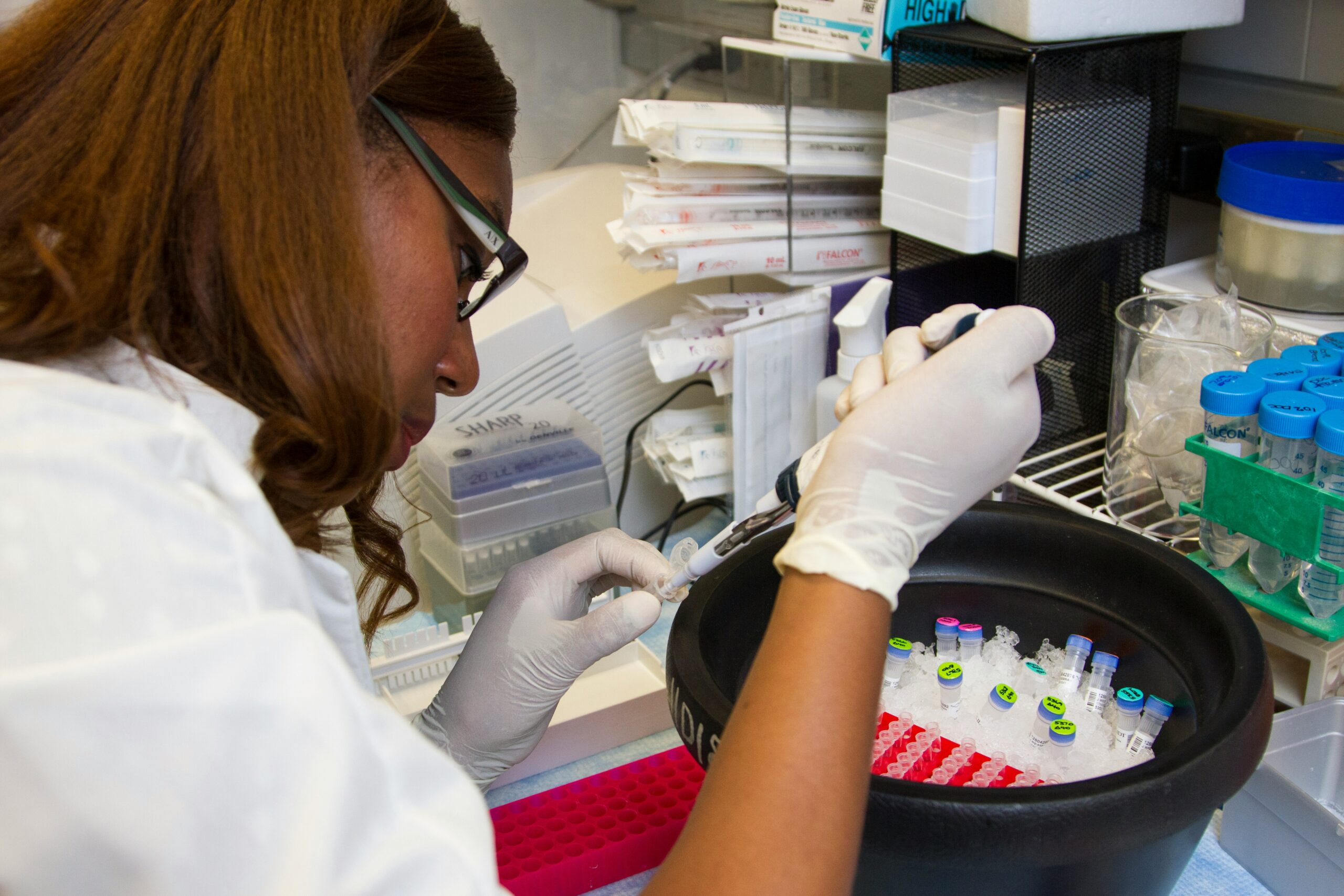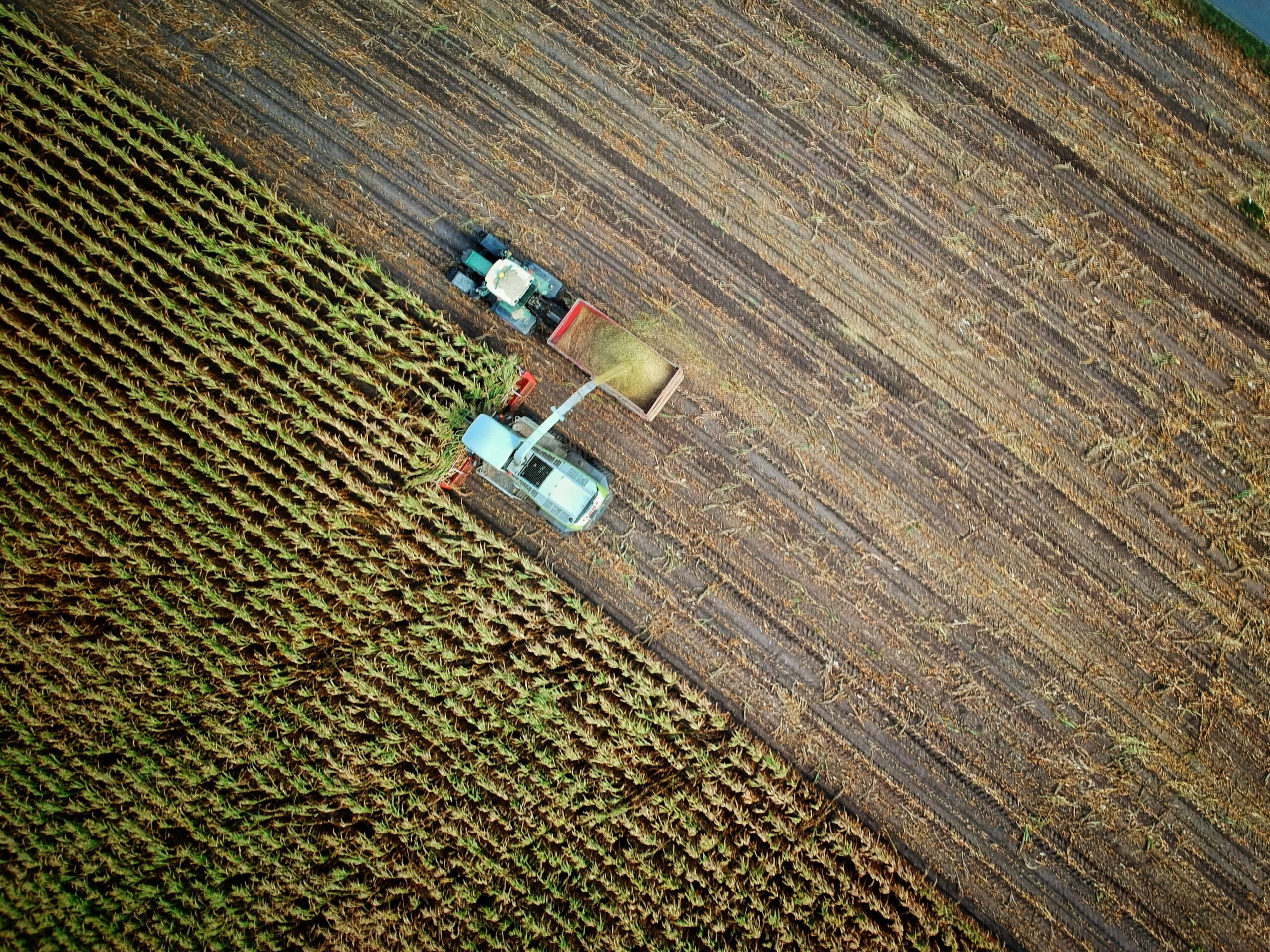Biotechnology is massive – blending biology and technology in a way that, in turn, affects our daily lives. Indeed, we sometimes remain oblivious that these transformations have already been done to our lives. Have you ever thought about how we can grow crops immune to parasites or how insulin has been produced for diabetic patients?
In contrast, biotechnical means are the way out. That is a unique mix of science, technology, and innovation. It is about inventing devices using biology or its derivatives to solve humanity's problems.

The appeal of biotechnology comes from its adaptability. The truth is more often than not categorized into several particular sections that are particularly made for a given field. For occurrence, the terms red, green, white, and blue biotechnology may have been utilized in a common sense. You likely wouldn't have advanced on your point on the off chance that you were cultivating. Each range of science is like a partitioned plant, with major contrasts in species composition.
The term red biotechnology indicates the utilization of biotechnology within the therapeutic and well-being areas to make a difference in these areas more qualitatively. Other than that, it is also very surprising because it is a source not only for making antibodies but also for treating different illnesses and, indeed, for creating a few drugs. Take, for occurrence, the case of biosynthetic production of insult, which was zoo animal-derived in the past. By the way, it is now made by hereditarily built microorganisms through biotechnology. If you have wild creative ability, a bacterial party within the lab is turning in case the clarity inquires for something irreplaceable to human life. Undoubtedly, nature pulled it off.
Recently, there has been an unused boom in quality-altering innovations such as CRISPR![]() . The astonishing guarantee of these procedures comes from the fact that they may be utilized to remedy a few hereditary disorders and, indeed, mend a few of the hereditary tissue harms. Doesn't that sound like a folktale? But nowadays, we live in a moment when these thoughts start crossing the line between fiction and reality.
. The astonishing guarantee of these procedures comes from the fact that they may be utilized to remedy a few hereditary disorders and, indeed, mend a few of the hereditary tissue harms. Doesn't that sound like a folktale? But nowadays, we live in a moment when these thoughts start crossing the line between fiction and reality.
Biotechnology is a debate about applying eco-friendly technology in the agricultural sector. An image of a world where crops are insect-resistant and can survive without water for a long time can be created with the help of technology. The main concern in the financial biotechnology context is manifesting intentions out of the earth. A genetically engineered organism![]() (GMO) is a type of organism that has been genetically engineered to have very desirable properties. On the one hand, they have provided astonishing genetic advancement; on the other hand, they have created enormous controversies.
(GMO) is a type of organism that has been genetically engineered to have very desirable properties. On the one hand, they have provided astonishing genetic advancement; on the other hand, they have created enormous controversies.
That is illustrated by Golden Rice, a crop developed to combat vitamin A deficiency, which is prevalent in many regions of the world. Regular rice is a primary food eaten by nearly two-thirds of the world. Thus, the first phase of handling malnutrition should be the nutritional improvement of rice. It could not be a clearer option. On the contrary, there are many disagreements regarding GMOs (genetically modified organisms), the main drivers for developing and expanding discussions on ethical and health issues.
White biotechnology, moreover called mechanical biotechnology, is the subfield related to technological forms instead of the logical field. Another title for it is “mechanical biotechnology. The taking after is a case of a thought experiment:
What if we could create and utilize microorganisms to quicken the generation of biofuels, biodegradable materials, or chemicals? Biofuel, a non-toxic and biodegradable substance, and chemical generation can also be accomplished with the help of microorganisms. A natural conservation arrangement is what it appears to be, but is it an arrangement? Verily, a certain field of request is the center of one issue.
By examining the ethical aspects of cleansers, one can gather that the proteins inside them are functioning with a higher productivity rate. Biotechnology has empowered us to have a wash that's outwardly engaging but also tender and sterile. This innovation has also made our lives less demanding by lessening the effect on the environment. The commerce segment has been progressively illustrating its natural mindfulness as well as its natural obligation.
The word “blue biotechnology” stands for biotechnology, which alludes to the utilization of biotechnology within the seas and the oceanic biological system. Typically, it is a little-known field; however, it is exceptionally curious to many. At this point, we have come to an organization where we can take advantage of the capacities of marine creatures. For instance, we can think of aquaculture or the utilization of green growth for biofuel generation.
Blue biotechnology may be a gadget that can help reveal the deep mysteries lying inside the waters. The oceans are still so unexplored. One imperative piece of data that analysts have found is that certain species found within the sea bottoms have chemicals that can assist the pharmaceutical industry. Picture the sea as a treasure chest full of insider facts that can not, as it were, give treatments for new diseases but illuminate the planet so the existing ones can be eradicated.
Despite this, there's still a few data. Biotechnology may be related to some other extra colors. Many of the nourishment generation strategies that come beneath the umbrella of yellow biotechnology are making bread, brewing lager, fabricating yogurt aging, and so on. Dim biotechnology generally bargains with the environment and the cleanup of oil spills. Following is Violet's biotechnology, which includes talks on whether or not humans should be included in the hereditary designing development process.

Biotechnology can directly affect our lives and improve them generally. Some of the manifold uses of biotechnological products are tangible, while others operate through subtle means. Both influence the environment where we pursue our daily routines, one in a more visible, direct way and the other more indirectly.
Of all the ways biotechnology is used in healthcare, agriculture has the most obvious connection. Biotechnology has been able to leap the major hurdles in medication, vaccine discovery, and diagnostic procedures used to reveal diseases. The pandemic brought mRNA vaccines to the forefront, showing that biotechnology could practically instantaneously solve a problem.
It goes beyond vaccinations, though. On top of that, the biotechnology field paves the way for personalized medicine, i.e., designing a treatment specifically for a patient based on his/her genetic makeup. You can think of such a visit to a doctor. Instead of a doctor directing a guess as to what therapy might be successful, a doctor tells you that personalized therapy based on your DNA will be effective. This can be likened to the personalized clothing market but confined to the health domain.
With the use of agricultural biotechnology, feeding a growing population has now become a no-brainer. The new genetic engineering technique makes crops resistant to pests and drought and even comes with extra vitamins. Even though through relevant stakeholder engagement, people might think that they are yelling at God when participating in the hunger battle.
You might know the idea of meat produced in laboratories. This innovation is designed to eliminate the detrimental consequences of raising farm animals. Imagine an era when a steak will not negatively affect the environment.
Also, a biotechnology-related aspect that can be named a contributor to the industrial sector is of considerable impact. In white biotechnology, microbes and enzymes are the main ingredients to produce such commodities in a less harmful way. The latest innovation is enzyme-powered detergents, which have a better cleaning efficacy than those without them and, therefore, use fewer harsh chemicals. The alternative bioplastics made using biotechnology instead of causing pollution to our seas are helping to solve the problem.
Biotechnology makes it possible for us to get huge amounts of data now. Bioinformatics is one of the faculties that eases the process. This analogy expresses that genetic information is like a huge bookcase, and then the latest technology is used to find the required part of it. In addition, as we move to the next phase of genetics, it becomes more crucial than it was during the massive Human Genome Project![]() .
.
Biotechnology is a tool for conserving the biosphere and remediating the environment around humans. The bioremediation method, which uses microorganisms to eat up oil spills, is an example of an environmental conservation approach. A new technique for preserving biodiversity is cryopreservation, which involves keeping the genetic material of endangered species at low temperatures.

Why is genetic engineering so dramatically enthralling? I can assure you that among its many benefits, it is one of the most crucial.
First, it is an alternative for the healthcare sector. You can do this by taking medications or shots, but with techniques like regenerative medicine, which replaces damaged cells with artificial ones.
The other thing is that it is the most effective in agriculture fields. This is why, now, less fertilizer can be used on crops, which is beneficial for both humans and the earth. Do you know about those biofuels? In a way, they are the ones helping to reduce the environmental impact of traffic.
Biotechnologies are being used in more and more new sectors. This is good for the economy because it creates jobs in towns and rural areas.
On the contrary, there is a very dark side to biotechnology as well. Bioengineering can be good or evil, but the truth is that the biotechnical process is, in fact, a two-edged sword.
The major issue is related to the ethics. But isn't it amazing if our genes designed our preferences before birth? The procedure of creating perfect children is the first step to eugenics and the province of unfairness. It seems we cannot get the genie back in again by letting the genie out of the bottle.
On the one hand, GMOs are not uniquely unhealthy for people's health. This especially concerns GMOs, which have been used for hundreds of years. However, some issues still need to be explained, and people's critical viewpoints concerning these problems must be correct.
Moreover, the enhancement of crops by GMOs not only harms the environment but also indirectly affects the non-target organisms, which then affect the other organisms. Some wild species can even interbreed with the altered ones. That is why some are not so welcoming of the complete transformation of utilizing GMOs.
So, where do we go from here as far as biological stills are concerned? The same reason that it is fascinating is also why it isn't very comforting. We are on the brink of gaining tools to change our lives pervasively.
Thanks to the CRISPR technology, we might be able to eliminate the genetically transmitted diseases. However, some may be tempted to carry out these ideas for the wrong reasons, while it raises the moral question of whether it is right to try such things.
Besides, vertical farms that feed GM food could contribute to the city's food supply without much space. We could also tackle the problem of overrun fields as cities expand.
Synthetic biology aims to make new living things out of nothing. With the advancement of synthetic biology in the near future, it may be possible to receive energy or medicines, and it might also be able to produce new cells using its own materials. It is both thrilling and dreadful that we are apparently turning biology into technology.